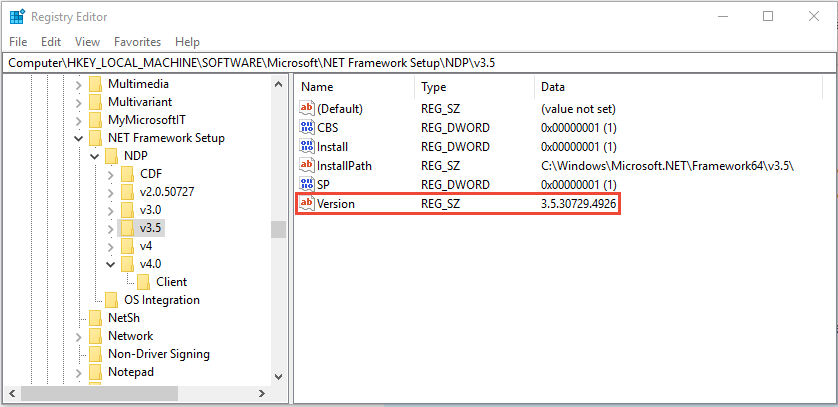
NET Framework 3.5 binaries before adding any language packs. NET Framework 3.For images that will support more than one language, you must add. Don’t forget to set the PowerShell execution policy field to Bypass, otherwise the execution of the Script will fail:ġ1. Select your created package and enter the Script name as below. Open your Windows 10 Task-Sequence and create a new Step “Run PowerShell Script”ġ0. Distribute the content of the created package to your Distribution Point(s) or Distribution Point Group(s):ĩ. Close the Create Package and Program Wizard:Ĩ. Enter a package name and set the source folder to the Package Share Folder which you just created with the two files:ħ. Create a new package in the Configuration Manager Console:Ĥ.

Create a new file called “InstallNetFx3.ps1” in the same folder with the following content: $currentLocation = Split-Path -Parent $MyInvocation.M圜ommand.Path Įnable-WindowsOptionalFeature -Online -FeatureName NetFx3 -Source $currentLocation -LimitAccess -Allģ.

Grab that file and copy it to a new folder on your Package Share. In Windows 10 this is reduced to one single file called “microsoft-windows-netfx3-ondemand-package.cab”Ģ. With Windows 8 / 8.1 we had around 800 Folders.

Starting with Windows 10 the structure of the sxs folder is different from before. Mount the Windows 10 ISO and navigate to the following Folder “\sources\sxs” If you “just” have Configuration Manager without MDT, you need to do the (little) magic on your own.ġ. If you’re using Microsoft Deployment Toolkit (MDT), enabling NET Framework 3.5 during a Task-Sequence is pretty simple due to a dedicated Step for Roles and Features. NET Framework 3.5.1 in Windows 10 is still needed if you have (legacy) Applications which are depending on it. As in earlier Windows Versions the Feature Installation of.


 0 kommentar(er)
0 kommentar(er)
